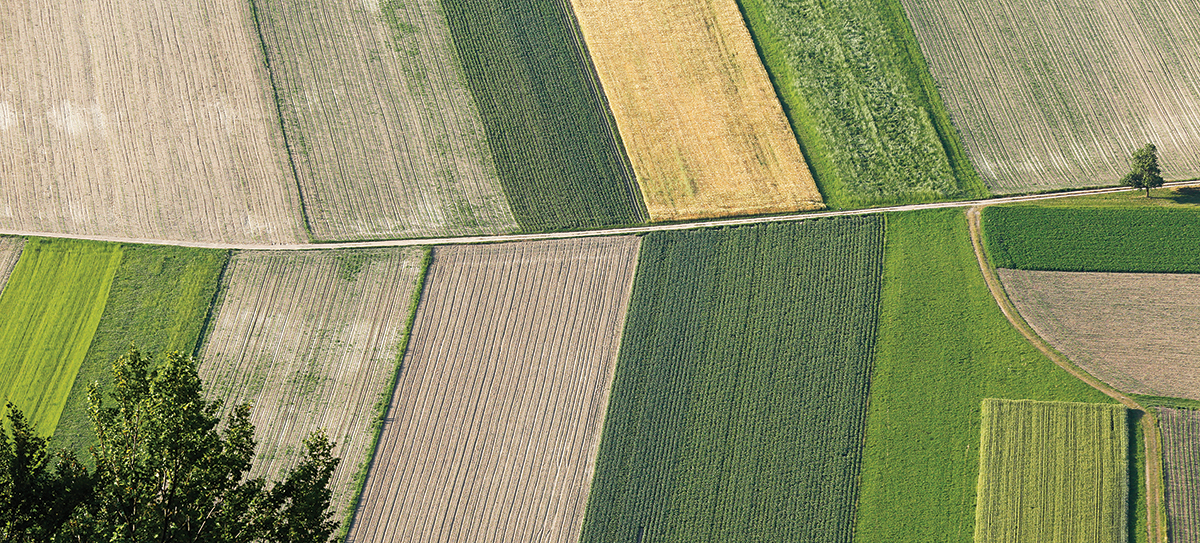Bacteria engineered to respond to environmental conditions could allow for drone monitoring of pathogens, pollutants, and soil nutrients in agricultural settings.
These bacteria are designed to produce chemicals with distinct light spectra in response to a particular stimulus. The chemicals they produce are natural bacterial products, not visible to the naked eye, but can be detected by hyperspectral cameras that can distinguish the wavelengths of light in each pixel captured.
“It’s like invisible ink,” says Christopher Voigt, the head of the department of biological engineering at the Massachusetts Institute of Technology and the senior author of the new research.

▲ A team of engineers led by Christopher Voigt, head of the department of biological engineering at the Massachusetts Institute of Technology, has developed bacteria capable of producing distinct light spectra when exposed to a particular stimulus. These spectra can be detected by hyperspectral cameras up to 90 m away, potentially allowing farmers to monitor croplands for changing environmental conditions via drone.
This bacterial invisible ink will need regulatory approval for commercial use, but in a new study, Voigt and his colleagues showed...
Would you like to access the complete CEP News Update?
No problem. You just have to complete the following steps.
You have completed 0 of 2 steps.
-
Log in
You must be logged in to view this content. Log in now.
-
AIChE Membership
You must be an AIChE member to view this article. Join now.
Copyright Permissions
Would you like to reuse content from CEP Magazine? It’s easy to request permission to reuse content. Simply click here to connect instantly to licensing services, where you can choose from a list of options regarding how you would like to reuse the desired content and complete the transaction.

